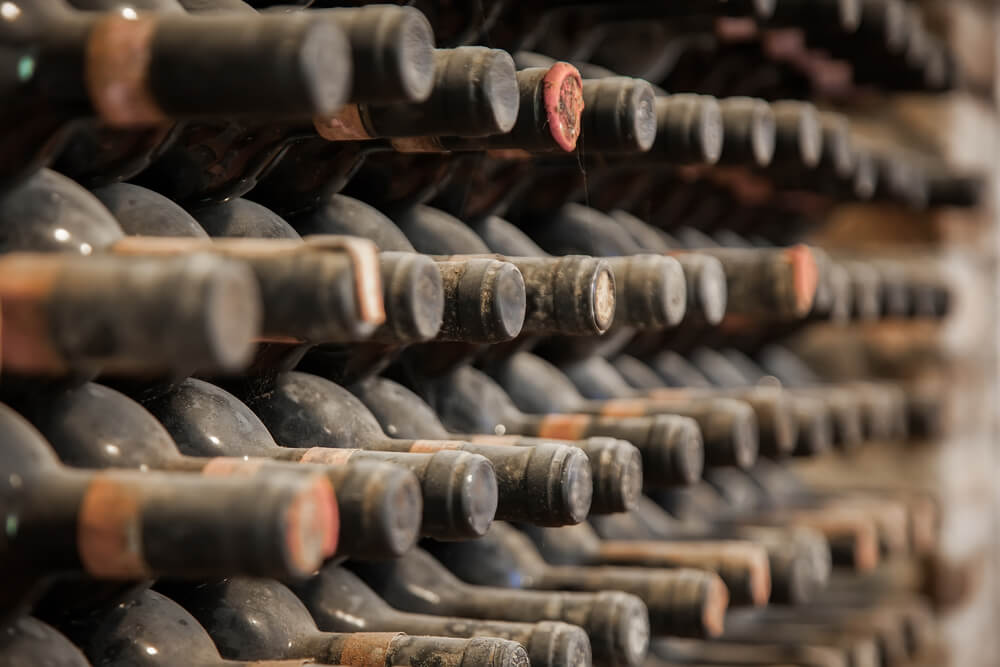What type of wine is it?
Not all wine is created equal, from a variety of standpoints, but especially when it comes to the lifespan of when each bottle is opened. On the far end of the lifespan spectrum of wines, Marsala and Madeira will keep their flavor and quality indefinitely after being opened because they are produced oxidized and cooked. On the shorter end of the spectrum are the sparkling wines like Prosecco.Why does wine go bad?
To spare the lengthy and complex process of how wine goes bad, here is the executive summary: wine can go bad for one of two reasons.- The first is when the acetic acid bacteria consumes all the alcohol (ethanol molecules) and turns them into acetic acid and acetaldehyde. The leftover product of this reaction leaves the wine with a sharp, vinegar smell and taste, but don’t worry; it won’t harm you if you take a swig before noticing.
- The second reason wine can go bad is caused by oxidation, which is the process when acetaldehyde oxidizes and turns into acetic acid, resulting in vinegar rather than wine. Both culprits are chemical reactions and the best way to combat and slow down the processes (besides finishing the bottle sooner) is to store them in cool and dark places like the fridge.

Signs of wine being spoiled
Since every wine is different, the resulting product from the chemical reactions mentioned above is going to be slightly different. The smell test is the best way to find out if the wine is good or not. Here are some common things to look for or smell when deciding if a bottle is still prime for consumption.- Barnyard or manure smell (cause from a bacterium called Brettanomyces)
- Tastes/smells like sauerkraut, rotten eggs, or onions (lactic acid smell resembles fermented cabbage)
- Damp basement or wet dog smell (the result of “cork taint” caused by chlorine-based cleaners coming in contact with the wood)
- Discolored and unwanted bubbles
- Cork differences (if it’s pushing past the rim or wine leak is visible)






